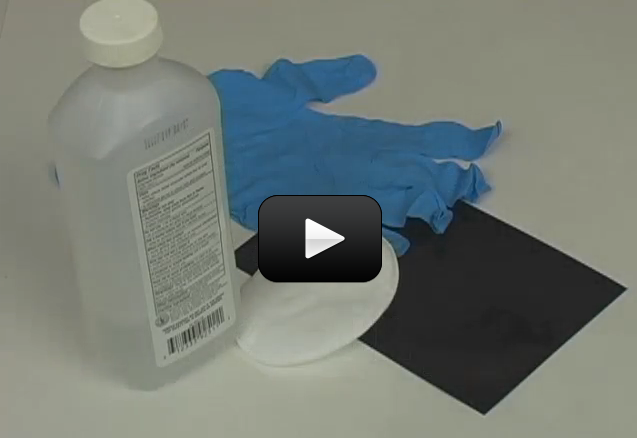In this experiment, we will continue to explore Ruffini’s endings in your skin. We also look at your body’s ability to detect temperature and regulate its own temperature. You will study how the body cools and warms itself.
Please login or register to read the rest of this content.


They do tend to be expensive. Here’s a couple of links you might find a better deal at:
https://www.teachersource.com/product/liquid-crystal-sheets-4×4-inch/chemistry
https://www.amazon.com/American-Science-Surplus-Liquid-Crystal/dp/B002V05RWI
https://www.arborsci.com/liquid-crystal-sheet.html
https://www.thermometersite.com/temperature-sensitive-liquid-crystal-sheet
In a pinch, you can use a stick-on thermometer from an aquarium store:
https://en.aqua-fish.net/imgs/articles/aquarium-thermometer.jpg
Hello- The shopping list does not have a link to purchase the crystal sheets. I checked on Amazon and the internet and the lowest price is $15. A bit too much for one experiment. Do you have any extra that I can purchase from you? The experiment looks fun!
Try this page:
https://www.sciencelearningspace2.com/2011/11/shopping-list-for-unit-19/
It doesn’t have a link on it. ???? 🙁
From where and how fast am I traveling at? 🙂
How long do you think it would take to get to Fredericton, NB Canada.
Look at the shopping list for this unit and you’ll find a direct order link.
Where can I get the liquid crystal sheets?